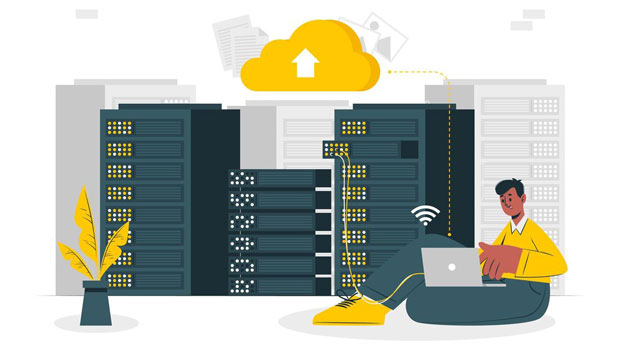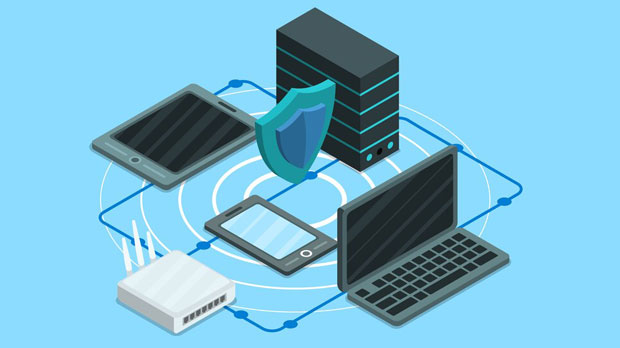The digital age has brought with it an increased need for anonymity and security in online activities. Residential IPs and public proxies are two common tools that people use to mask their online identity and secure their browsing sessions. However, when it comes to choosing between them, residential IPs tend to offer more advantages, especially in terms of reliability, security, and performance. This article will explore the key benefits of residential IPs compared to public proxies, shedding light on why they are a preferred choice for various online activities. Understanding Residential IPs and Public ProxiesTo better understand the advantages of residential IPs, it's important to first distinguish between residential IPs and public proxies. A residential IP is an IP address that is assigned to a device by an Internet Service Provider (ISP) and is associated with a physical address. These IPs are legitimate and belong to real people, which makes them harder to detect as proxy traffic.On the other hand, a public proxy is an intermediary server that acts as a gateway between a user and the internet. Public proxies can be easily accessed and are often used to mask a user’s real IP address. However, they are not always secure and can be easily detected by websites or online services, especially if they are used for activities such as scraping, accessing geo-blocked content, or maintaining anonymity.1. Enhanced Security and PrivacyOne of the biggest advantages of using residential IPs over public proxies is the enhanced security and privacy they offer. Since residential IPs are linked to legitimate, real-world addresses, they are far less likely to raise suspicion. Websites and online services are more likely to trust residential IPs, which reduces the risk of being flagged or blocked during online activities.Public proxies, in contrast, are often associated with suspicious behavior. Websites may easily identify the IPs as proxies, leading to the user’s access being blocked or restricted. Moreover, many public proxies are unsecured, making them vulnerable to data breaches or other types of malicious activities.2. Improved Anonymity and Reduced Blocking RiskAnother key benefit of residential IPs is their ability to provide better anonymity. Residential IPs are harder to trace and can be used for various activities, such as web scraping or accessing geo-restricted content, without being easily detected. Since these IPs belong to regular ISPs, they do not raise the same level of suspicion that public proxies do.Public proxies, on the other hand, are often detected by websites because they are used by multiple users at once. This shared usage makes public proxies easy to spot. Furthermore, public proxies are typically blacklisted by websites that have sophisticated anti-bot systems in place. This results in frequent IP bans, making them an unreliable choice for long-term use.3. Better Performance and SpeedResidential IPs generally provide better performance and speed compared to public proxies. Since residential IPs are directly tied to real residential connections, they often have more stable and faster connections, especially in regions where ISPs provide high-speed internet. This can be crucial for activities that require consistent and fast internet speeds, such as streaming, gaming, or web scraping.Public proxies, however, are often slow and unreliable. Because they are shared by multiple users, their bandwidth is divided, leading to slow connection speeds and increased latency. This can be frustrating, especially for users who require high performance for their online tasks.4. Geolocation Accuracy and FlexibilityResidential IPs also offer superior geolocation accuracy and flexibility. When using a residential IP, the user’s IP address is linked to a physical location, which can be beneficial for tasks that require accurate geolocation. For example, users can access content that is only available in certain countries or bypass geo-blocked restrictions with greater ease.Public proxies often provide less accurate geolocation and can be limited in the number of available locations. Additionally, many public proxies are located in a small number of countries, which may not be useful for users who need a specific IP location for their activities. The use of residential IPs allows users to choose a more precise location, whether it's a specific city or country.5. Reduced Risk of IP BlacklistingOne of the most significant issues with public proxies is the risk of IP blacklisting. Because many users rely on the same public proxy servers, these IP addresses are often flagged by websites or online services. Once an IP is blacklisted, the user may no longer be able to access certain websites or services, even after switching proxies.In contrast, residential IPs are less likely to be blacklisted due to their association with real residential addresses. This makes residential IPs a safer option for those who rely on consistent and uninterrupted access to websites and online platforms.6. Reliability and ConsistencyWhen it comes to online activities that require reliability and consistency, residential IPs are a far better choice than public proxies. Public proxies are often unreliable, with users experiencing frequent downtime, slow speeds, or inconsistent connections. This can disrupt important tasks, such as business operations or data collection.Residential IPs, however, are far more reliable, as they are tied to real residential connections with stable, consistent service. This reliability is particularly important for businesses and individuals who require uninterrupted access to online resources.7. Compliance with Website Terms and ConditionsUsing residential IPs can also help ensure that users comply with website terms and conditions. Many websites have specific terms that prohibit the use of proxies or other anonymizing tools. While residential IPs can still be used to mask a user’s identity, they are much less likely to violate these terms, as they are associated with legitimate residential addresses.Public proxies, on the other hand, often violate the terms of service of many websites, as they are frequently used for malicious activities such as botting or web scraping. This increases the risk of account suspension or permanent bans.Conclusion: Why Choose Residential IPs Over Public Proxies?In conclusion, residential IPs offer numerous advantages over public proxies, including better security, enhanced anonymity, faster performance, and more reliable access to online resources. They are a preferred choice for users who need consistent, secure, and high-performance connections for tasks such as web scraping, accessing geo-restricted content, or maintaining online anonymity. Public proxies, while useful in certain contexts, are often less secure, slower, and more likely to be blocked by websites. For those looking to ensure the safety and success of their online activities, residential IPs are the clear winner.
Oct 13, 2025


































































